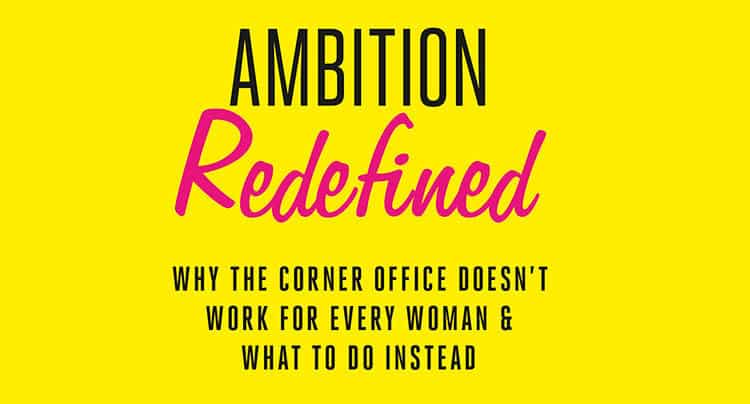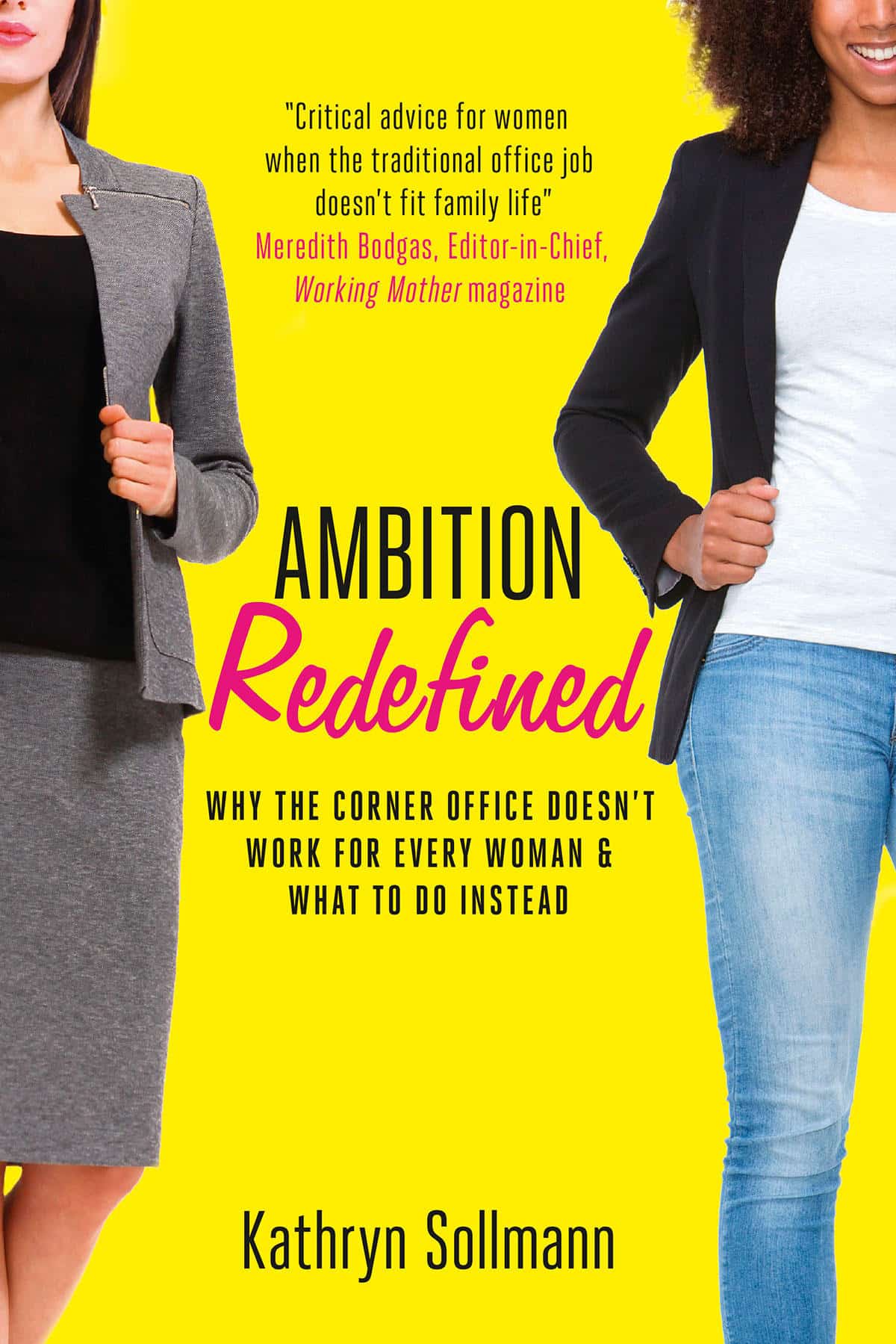Keep Women Working: Put Structure Around the Flexibility Ask

Despite media buzz to the contrary, employers do value women and there’s evidence all around that they’re making great strides in major diversity initiatives and leadership training. Still, too few women are actually at the top of organizations. To be fair, though, this is not only due to long-held institutional gender bias that won’t change overnight. It’s also because most women have more than one job and they’re not aiming for the C-Suite at all.
Whether or not women want to be CEO, it’s important to keep them working. To increase retention, workplaces simply need to be more flexible. Employers experience a talent drain when women leave the workforce, and it’s expensive to onboard their replacements. Numerous studies show that diversity boosts the bottom line. And career exits have a big cost for women, too: every year out of the workforce they forfeit up to four times their compensation.
There are three facts we all know that relate to women and workplace flexibility.
- Women are caregivers who need flexibility to blend work and life. Though millennial men may be helping more around the house and pitching in more with kids, the lion’s share of caregiving—for children and aging parents—still is on the shoulders of women.
- The flexibility “needs” of women—especially mothers—are misconstrued. There’s a perception that women think they should get special treatment—but in fact women recognize that flexibility benefits workers of all genders and drives productivity up.
- It’s difficult to institutionalize flexibility to be fair to not only to all women—but to all employees. (It’s a challenge, but not an impossibility.)
A fourth fact about women and workplace flexibility is not as commonly discussed: women (and men, too) are not asking for flexibility in the right way.
In the last 15 years I’ve spoken to thousands of women who left the workforce because “flexibility was just not possible at my company”. Then I dig deeper and find out there was only a simple ask (something like, “do you think I could work from home on Fridays?”), and a quick jump to the conclusion that employers are ogres who chain employees to desks. The fact is that employers are human, and humans grant flexibility 80% of the time when there is a professional pitch.
Women are not creating professional proposals on their own, so employers need to own the process and put the structure they want around the flexibility ask. To streamline an equitable process for everyone, and to make sure that the highest quality work gets done on time and on budget, develop a flexibility request document that requires critical information like this:
A very specific ask. “I’d like to work in a more flexible way” is out of bounds. Is the request for reduced hours? Does the employee want to begin the day later or end earlier? Could all full-time hours be compressed into fewer days? Could all important aspects of the job be done in a part-time schedule? Your company may be open to some or all of these arrangements, but a conversation can’t start until employees clearly state what they want.
Where the work will get done. A typical flexibility ask involves at least partial work at home. Is there a productive, professional, quiet home office set-up? What equipment or software would need to be duplicated in a home office—and is the employee willing to cover the cost of anything your company will not provide? Which responsibilities are not compromised in a home office setting and which are best handled at your office? For example, can 20% of the work easily be done from a home office, justifying one telecommuting day?
How the flexible arrangement could work for the team or department. Flexibility can backfire when only one or two employees appear to be getting special treatment, and employers often avoid individual flexibility deals because they don’t want to invite an onslaught of disparate requests. Propose equitable flexibility arrangements like certain required days in the office (when the team meeting can always be scheduled) or core hours each day that team members should be available and engaged.
Why productivity will go up. What will be done better and faster without the distractions of a busy office? How could saved commuting time make a dent in back burner or special projects? How could responsibilities be streamlined—removing the fluff and getting the real meat of the job done in fewer hours (saving your company money)? Could delegating some responsibilities to a high-potential colleague create a valuable developmental opportunity? Could shifting schedules help you service global clients in different time zones?
The support system for a flexible arrangement. Employers fear that caregivers will try to save money by working at home and tending to children or elderly parents at the same time. Will there be caregivers on site while the parent is working?
Superior communication skills and tools. Outline all the tools that will be used to communicate with colleagues quickly and efficiently—including how routine meetings and check-ins will be handled.
A flexible approach to flexibility. An agreement that flexible schedules will be honored as long as work performance does not suffer—but also that there will be “all hands on deck” times when the employee might have to stay late or work on a regular “off” day.
Checks and balances. A commitment to making the flexible arrangement work for all parties by proposing a schedule of regular check-ins that cover objections from colleagues, communication breakdowns, project coverage, team morale and fairness issues and seamless client interaction.
When there are clear parameters around non-traditional arrangements, it’s possible to make work work for all employees. More flexibility in the workplace keeps more women working—giving companies the diversity of talent they need to thrive.
Have you read?
# World’s Best Business Schools With The Most Employable Graduates For 2018.
# Best CEOs In The United States For 2018.
# Top 100 Best Executive Search Firms And Consultants That Dominate The Recruiting Business.
# The 100 Most Influential People In History.
# Revealed: Top Rated Visitor Attractions In Every Country In The World .
Add CEOWORLD magazine to your Google News feed.
Follow CEOWORLD magazine headlines on: Google News, LinkedIn, Twitter, and Facebook.
This report/news/ranking/statistics has been prepared only for general guidance on matters of interest and does not constitute professional advice. You should not act upon the information contained in this publication without obtaining specific professional advice. No representation or warranty (express or implied) is given as to the accuracy or completeness of the information contained in this publication, and, to the extent permitted by law, CEOWORLD magazine does not accept or assume any liability, responsibility or duty of care for any consequences of you or anyone else acting, or refraining to act, in reliance on the information contained in this publication or for any decision based on it.
Copyright 2024 The CEOWORLD magazine. All rights reserved. This material (and any extract from it) must not be copied, redistributed or placed on any website, without CEOWORLD magazine' prior written consent. For media queries, please contact: info@ceoworld.biz
SUBSCRIBE NEWSLETTER









